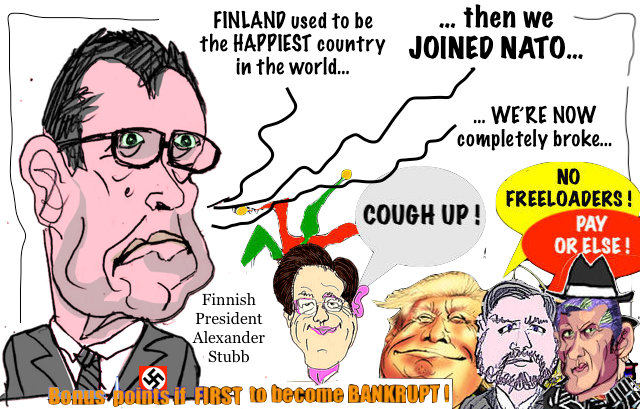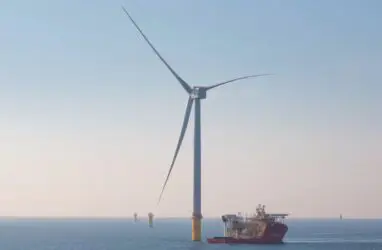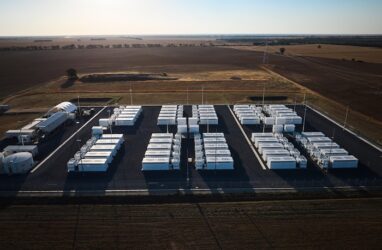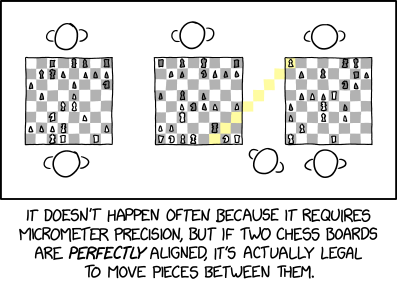
Finland, ranked the world's happiest nation for eight years and traditionally one of the European Union’s most fiscally disciplined countries, has just received a wake-up call from Brussels.
International Reading: Trump Official Panics as Brutal Jobs Report Blames Trump’s Tariffs – New Republic Donald Trump Jr-backed start-up scores $600mn US federal government deal – FT Trump says national debt is ‘peanuts’ and his tariff income will pay everyone a $2,000 dividend too—but the math doesn’t add up – AZ Express Main Street reels
According to Cotality’s Pain & Gain Report for the September quarter, 94.8% of sellers across Australia achieved a record-high median profit of $315,000, up from $305,000 in the previous quarter. Since then, dwelling values posted two strong rises in October and November, increasing capital gains for holders of Australian property. The situation across the pond
In October, the nation’s housing market saw the strongest growth since June 2023. It also marked the strongest growth in credit to property investors in a decade on an annualised basis. October was also notable due to the introduction of the Albanese government’s significantly expanded 5% deposit scheme for first home buyers. Under the previous
Victoria has legislated a target to source 95% of its electricity from renewable energy by 2035. This is one of the most ambitious renewable energy targets in Australia and globally, designed to accelerate the state’s transition away from cheap brown coal and toward cleaner energy sources, such as wind, solar, and storage. The target is
Some WEF boffins are making no sense. Australia could double its iron export revenues to AUD250 billion ($162 billion) a year by shifting to low-emissions green iron. The country must accelerate two or more commercial-scale green iron ‘lighthouse’ projects by 2027 to secure first-mover advantage. A shift to green iron could help Australia cut up
In September, Frank Chung at News.com.au reported that “international students are overwhelming Australia’s asylum system with bogus refugee applications, as the country’s deportation backlog surges towards 100,000”. Abul Rizvi told Chung that “there’s an increasing number of student visa holders applying for asylum”, adding that there are likely to be around 50,000 migrants who have
The Market Ear on some growing crosscurrents for stocks. Trying The 10 year holding “stubbornly” around that big 4.1% level. A close slightly higher and things could get a bit squeezy. Note the negative trend line from May as well as the 50 day around these levels. Source: LSEG Workspace The Jaws gap Japanese vs.
The post Stocks confront commodities blowoff appeared first on MacroBusiness.
The Coalition will shortly discuss the ‘principles’ on which its immigration policy will be based. However, there are differing opinions within the Coalition’s ranks on the issue, with some expressing concern about using the term “mass migration”. South Australian backbencher, Liberal senator Andrew McLachlan, has criticised Coalition colleagues who use the phrase, contending that linking





